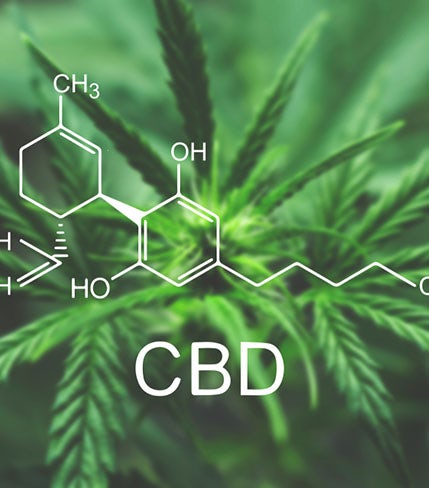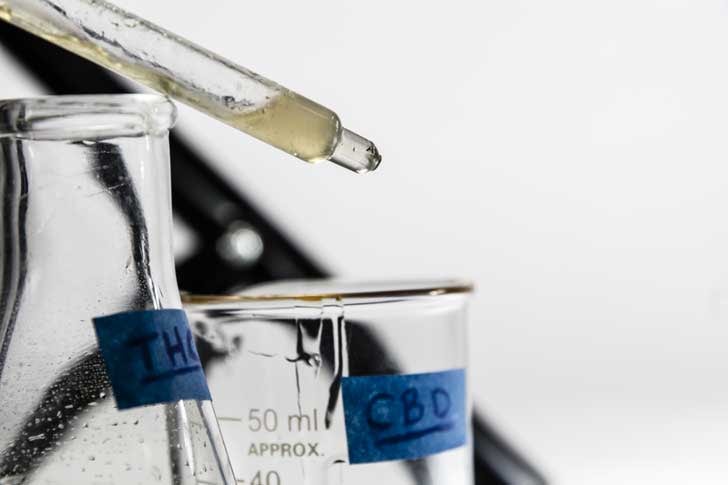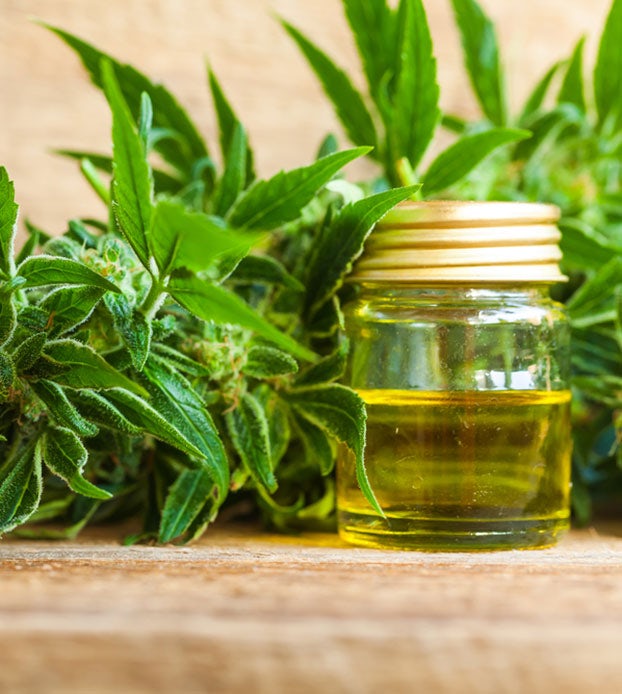A simple glance at the CBD products in your local health store or supermarket makes one thing certain – companies have put a great deal of thought into their packaging, branding, and marketing. But beyond the aspirational and atmospheric labels and imaging, what can you know about how they actually produce their products?
Unfortunately, most CBD is today processed in a manner that may leave something to be desired.
USDA certified organic CBD isolate – what sets Tennessee Harvester’s method apart
In April, Tennessee Harvester announced the development of the world’s first USDA certified organic CBD isolate. The Nashville-based CBD company stated that isolate is produced by way of their “proprietary molecular separation technologies and all-natural and GRAS (generally regarded as safe) certified USDA organic solvents.”
Tennessee Harvester stated that the process entails using USDA-certified organic food-grade processing aids, as opposed to the industry standard that centers on the use of alkanes in the production of CBD isolates.
Mike Vrabel, the Chief Scientific Officer for Tennessee Harvester, told The Cannigma that the company’s process is unique in that it was “actively designed around [not] using alkanes or other toxins to create a high-purity product.”
Vrabel said that the proprietary method has been reviewed by the certifier OnerCert as compliant with USDA organic standards due to the use of only naturally-derived processing aids.
Regarding lab safety, Vrabel notes that Tennessee Harvester’s process “reconditions and recycles all of its processing aids and results in no disposed or off-gassed solvents, so there is no process environmental risk. Our lab workers use typical skin and eye PPE when in processing even though the processing aids are designated as GRAS.”
He added that the process is in fact not cheaper than other extraction methods, and in fact the opposite is true.
“We do not license this technology. Our aim is to make a high value product with the highest quality designations for our own product lines and for supply-chain partners who have high standards for their ingredients.”
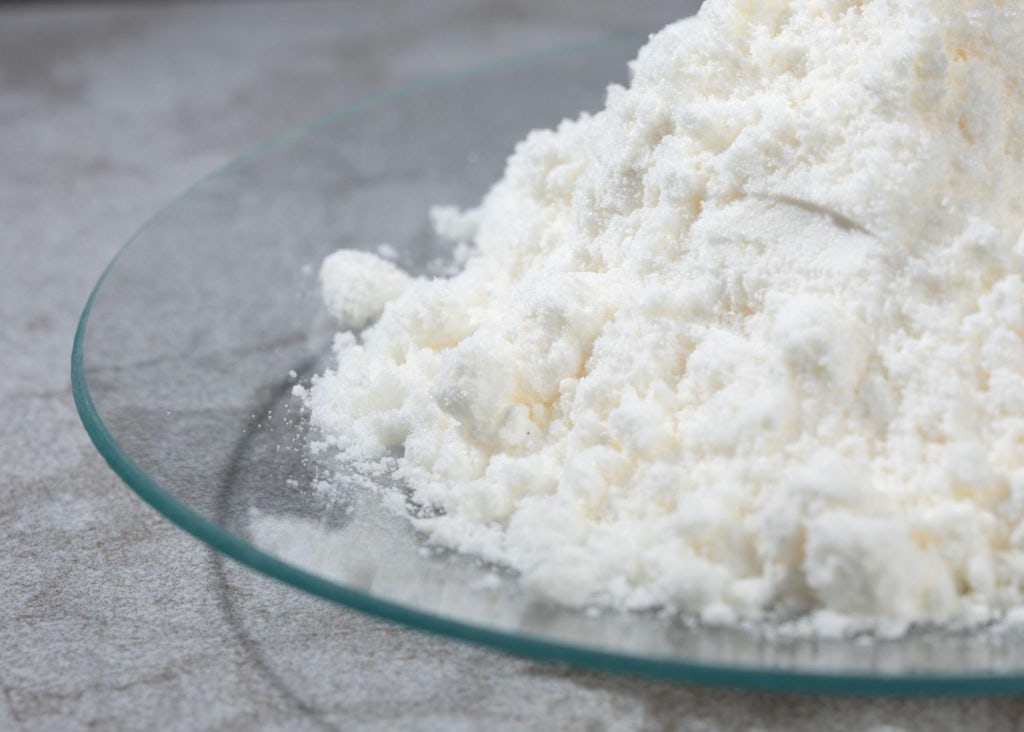
The company is in close contact with hemp processors and farmers throughout the country, which further helps ensure that the production process is fully organic, from seed to flower to the CBD shelf at the local health store.
According to Tennessee Harvester, the proprietary process can be used not only to produce CBD distillates and isolates, but also to organically isolate many types of compounds in the hemp plant.
By using all-natural GRAS-approved methods for THC remediation and a variety of food-grade natural solvents Tennessee Harvester is able to extract CBD and produce products that have less than .001% THC.
It should be noted that other companies do make CBD products that use organic oil as their base. From that point on though, the companies must blend in the CBD, often in the form of an isolate. These isolates come in a powdered form that provides great consistency in formulation. Up until now, these isolates have all been extracted through the use of alkanes.
The problem with alkane solvents
Alkanes are single bond hydrocarbons (meaning they contain only hydrogen and carbon) and the principal four are ethane, methane, butane and propane. And while alkane solvents are considered GRAS by the Food and Drug Administration, there are some drawbacks to using them in CBD extraction.
Alkanes can be highly combustible and volatile during production. If using butane for instance, this requires the construction of what is known as a class 1 division 1 explosion-proof (XP) room, while ethanol requires a more relaxed class 1 division 2 XP room. In addition, alkanes like propane and butane are asphyxiants, and others can be general irritants, presenting further hazards to producers.
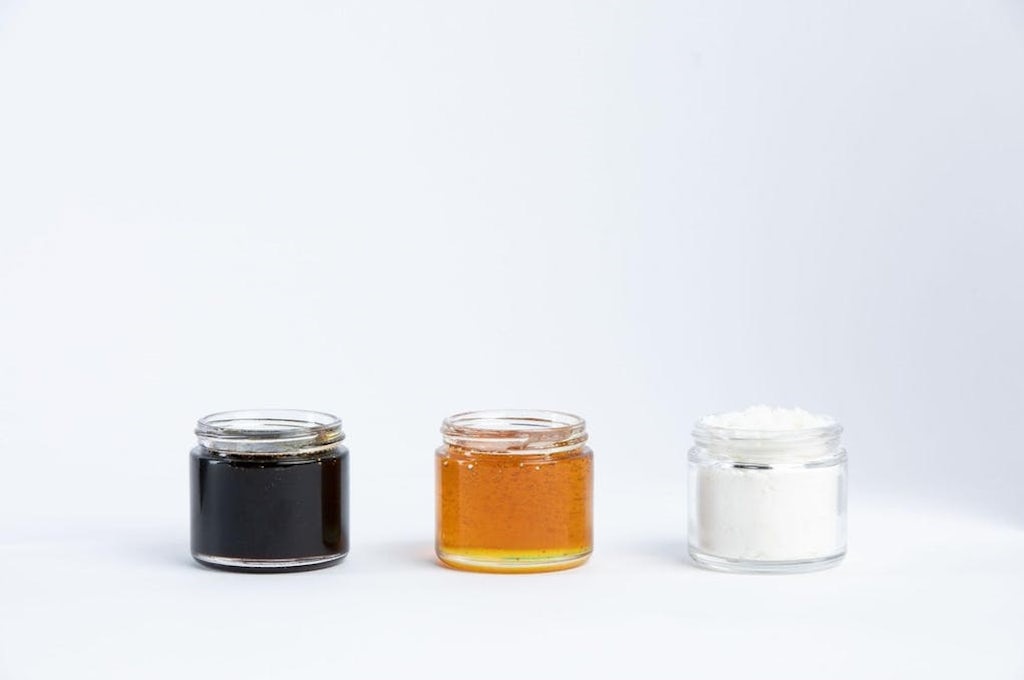
Consumers should seek out reputable companies that include a certificate of analysis (COA) performed by a third-party lab, which shows the presence or lack of solvent residuals. These should not remain in the finished product after the heating and purging process, but it’s up to consumers to do the final due diligence at the dispensary.
Alkanes are also considered priority pollutants and biohazards in the environment and can have a serious environmental toll. In fact, hydrocarbons in general play a major role in the greenhouse effect and climate change.
During the production of cannabis concentrates, the environmental effects are made not only in the combustion of hydrocarbons but also in the often difficult process of disposing of them.
Less costly, more efficient
The Tennessee Harvester method can also cut costs for producers.
The method does not require the same overhead equipment and operating costs involved in methods like chromatography.
The method also doesn’t require putting the extraction through an additional heating and purging process (such as distillation or decarboxylation) in order to purge it of trace or residual solvents, such as is needed with solvent-based extraction methods.
It also sidesteps additional steps required with other methods. For instance, unlike with ethanol extraction, Tennessee Harvester’s method doesn’t require bringing it to a sub-zero temperature to rid it of undesirable plant compounds like chlorophyll.
The most popular CBD extraction methods
There are a number of methods for extracting and processing hemp – for CBD and other products. The most common are C02, ethanol, butane, or isopropyl alcohol extraction, and each has their own pros and cons. The end result of all these methods makes an oil based extract.
Carbon dioxide (CO2) extraction
CO2 extraction involves placing the hemp in a pressurized chamber where CO2 gas is forced through the hemp and then removed, leaving behind the cannabinoids.
Many producers consider CO2 extraction (in particular “supercritical” CO2 extraction) to be one of the purest forms of extraction, and it is one of the safest and most affordable extraction methods to use. It is also non-toxic and has a low environmental impact compared to most conventional extraction methods.
It does have its drawbacks though. This method can lead to the loss of some terpenes, due to the high pressure involved in the process. “Subcritical” CO2 extraction on the other hand, uses lower pressure and temperatures, and thus can preserve more of the plant’s compounds.
Also, CO2 is a very weak solvent and not the most effective at really extracting the maximum amount of cannabinoids out of the hemp plant’s trichomes. This means that producers have to cycle the plant matter through the extraction process for hours in order to get the maximum amount of cannabinoids.
For producers, this translates to longer production times and often smaller yields. Also, as a weaker solvent, C02 extractions must go through refinement with a process known as winterization, which requires an alcohol-based extraction.
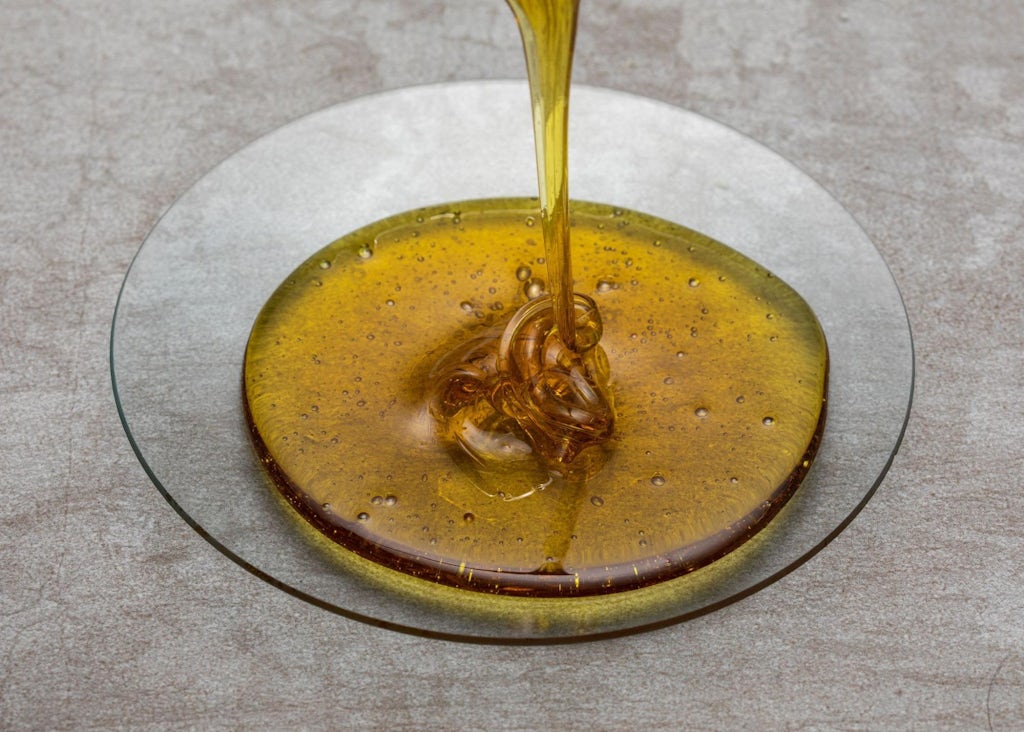
Solvent-based extraction methods
Some of the easier and cheapest extraction methods — and ones that you can potentially do at home — involve the use of solvents such as ethanol, butane, propane, or isopropyl alcohol. It’s important to note that each of these solvents have their own advantages and disadvantages. With these methods, the cannabis is mixed with the solvent in question, which extracts plant materials such as cannabinoids, terpenes and flavonoids. The liquid is then evaporated, leaving behind the extracted plant matter.
While this method is easy and affordable, it can pull all types of less-desirable compounds from the plant like chlorophylls or lipids, producing a less pure CBD product. This is especially true for ethanol, because it is what is considered an extremely polar solvent.
This means that it has an uneven distribution of ions, which causes it to bond to water-soluble compounds like chlorophyll and other undesirable plant compounds from the trichome which harm the quality of the final product.
To solve this problem, producers must chill the ethanol to negative temperatures, which introduces another costly and time-consuming process to the extraction.
Solvent-based extractions may also leave behind trace amounts of potentially harmful solvents. Many producers who use C02 extraction tout it as a cleaner method because they don’t leave solvents behind, but typically this method requires an additional heating and purging process to remove residual or trace amounts of solvents from the extraction.
In addition, the solvents can be highly volatile and dangerous in production.
Separating cannabinoids with chromatography
Chromatography is a technique for separating the different constituents of a solution by moving them through both a mobile and stationary phase, separating the different components. It’s not an extraction method per se, rather, it’s a means of separating cannabinoids from one another, for instance to remove THC from a cannabis product.
There is a wide variety of chromatography methods, including gas, high-pressure liquid chromatography (HPLC), and thin-layer chromatography, to name just a few. Chromatography extraction can be quick and achieve a very high level of precision, but it is also a process that can be costly and very complex.
Something of a free-for-all
Because cannabis remains illegal on the federal level in the US, there isn’t a single national standard for the production of cannabis products and no specific federal regulatory body that issues a stamp of approval for extraction. Other than certifying organic hemp, USDA testing mainly focuses on ensuring that hemp doesn’t exceed the maximum level of THC allowed, rather than the extraction process used or the presence or lack of solvents. In such a regulatory reality, producers must rely on the regulations in the individual state in which they are based.
Since the passing of the 2018 Hemp Bill, hemp producers can attain USDA organic certification. Many CBD companies tout the USDA organic certification attained by the hemp growers they use for their product but while this certification can tell consumers a great deal about how the cannabis was grown (including soil quality, pest and weed control, and use of additives), it does not cover the extraction method used. Consumers who are looking for that seal of approval may not realize that it doesn’t apply to every stage of production.
Another credential that producers seek out is a Good Manufacturing Practices (GMP) certification. In the United States, GMPs are enforced by the Food and Drug Administration. And while GMP certification isn’t mandatory, it does indicate that the company has met a number of guiding principles, including that they maintain clean and hygienic manufacturing facilities and that systems are in place to ensure the quality of products and enact recalls if needed.
Sign up for bi-weekly updates, packed full of cannabis education, recipes, and tips. Your inbox will love it.

 Shop
Shop Support
Support



